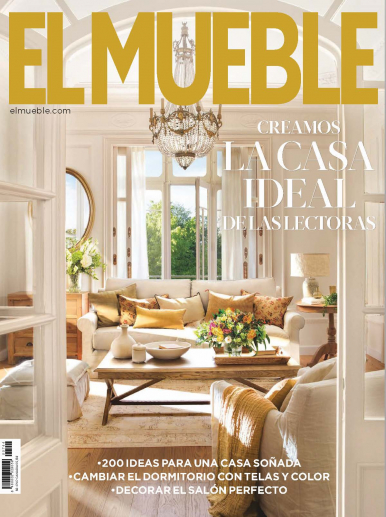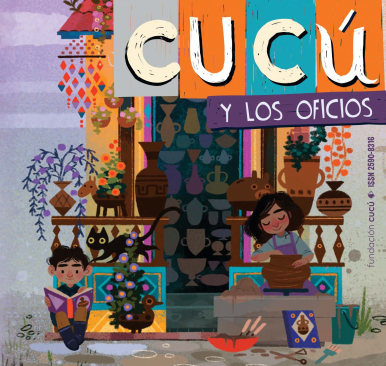Por:
Florence Thomas
|
Fecha:
2019
Tu casa. No quisiera volver a tu casa. Pero hablaré de ella, de tu hábitat, de tu "locus". Y hablaré de tu casa porque es la única que conozco. No puedo todavía hablar de mi casa, porque, a pesar de lo paradójico que puede parecer, no tengo casa. Las mujeres todavía no tienen casa. SON casas, son lugares para los otros y las otras, envolturas para el otro, claustros para la vida, abrigos para los hijos, para las hijas, y esto las ha ocupado tanto que no han podido pensar su casa, ni mucho menos construirla. Y mientras tanto nunca habitan en ningún lugar. Solo son habitadas. Y todas las casas que han ocupado no fueron diseñadas ni pensadas para ellas. Han sido reinas de un reinado que nunca fue diseñado para ellas. Es que las casas reflejan la historia de los hombres, es decir de los varones. Las casas que a menudo se asocian con el universo interior, con lo doméstico y lo más privado, sin embargo no pertenecen a las mujeres, no las significan...



